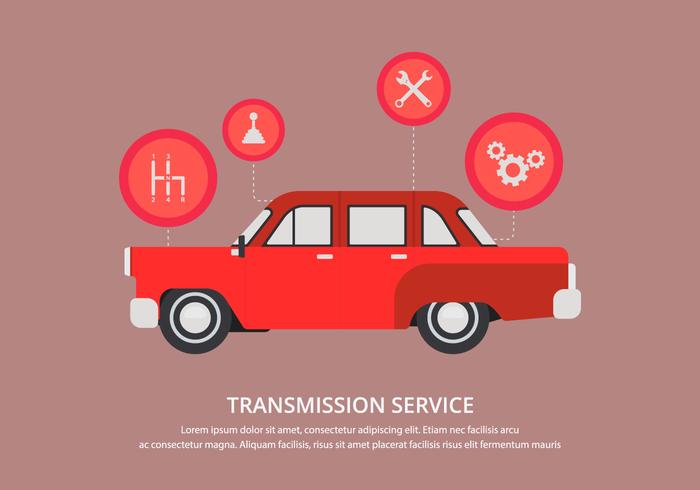Analyzing Your Cars And Truck'S Caution Indicators: What They Actually Communicate
Analyzing Your Cars And Truck'S Caution Indicators: What They Actually Communicate
Blog Article
Material Develop By-Lauritsen Kejser
When you lag the wheel, those beautiful caution lights on your control panel can be a bit complicated. Do you know what they're trying to inform you regarding your vehicle's health? Comprehending the significance of these lights is important for your security and the long life of your vehicle. So, the next time one of those lights turns up, would not you wish to decipher its message precisely and take the essential steps to resolve it?
Common Warning Lights and Interpretations
Determine usual warning lights in your car and understand their definitions to guarantee secure driving.
The most typical warning lights include the check engine light, which indicates issues with the engine or discharges system. If this light begins, it's crucial to have your vehicle examined without delay.
The oil stress alerting light suggests low oil stress, requiring prompt focus to avoid engine damage.
A blinking battery light could suggest a faulty charging system, possibly leaving you stranded otherwise resolved.
The tire stress surveillance system (TPMS) light alerts you to low tire stress, influencing vehicle stability and gas performance. Neglecting this could cause harmful driving conditions.
The abdominal light indicates a problem with the anti-lock stopping system, compromising your capability to stop rapidly in emergencies.
simply click the following site but not least, the coolant temperature alerting light warns of engine overheating, which can result in severe damage otherwise fixed quickly.
Comprehending these common warning lights will certainly help you deal with concerns immediately and keep risk-free driving problems.
Relevance of Prompt Focus
Comprehending the common caution lights in your cars and truck is only the very first step; the relevance of immediately addressing these warnings can't be highlighted sufficient to guarantee your security when driving.
When a caution light illuminates on your control panel, it's your cars and truck's way of connecting a possible problem that requires interest. Overlooking these cautions can cause much more severe issues down the road, endangering your security and possibly costing you much more out of commission.
Motivate interest to advising lights can prevent breakdowns and mishaps. For instance, a blinking check engine light could indicate a misfire that, if left unattended, can trigger damages to the catalytic converter. Resolving this without delay can conserve you from a pricey repair.
Similarly, a brake system warning light might signify low brake fluid or used brake pads, critical parts for your safety and security when driving.
Do It Yourself Troubleshooting Tips
If you see a warning light on your control panel, there are a couple of do it yourself repairing tips you can attempt prior to looking for specialist help.
The initial step is to consult your car's handbook to recognize what the specific caution light suggests. Often the issue can be as simple as a loose gas cap triggering the check engine light. Tightening the gas cap might deal with the issue.
An additional usual concern is a reduced battery, which can cause different cautioning lights. Examining the battery links for deterioration and ensuring they're safe might deal with the trouble.
If a caution light persists, you can attempt resetting it by detaching the vehicle's battery for a few minutes and then reconnecting it. Furthermore, checking your vehicle's fluid degrees, such as oil, coolant, and brake liquid, can aid troubleshoot advising lights associated with these systems.
Verdict
To conclude, recognizing your auto's warning lights is important for maintaining your car running efficiently and securely. By immediately addressing these signals and recognizing what they indicate, you can stay clear of pricey repair work and potential failures.
Remember to consult related internet page for specific information on each warning light and act accordingly to guarantee a trouble-free driving experience.
Keep educated, stay secure when traveling!
